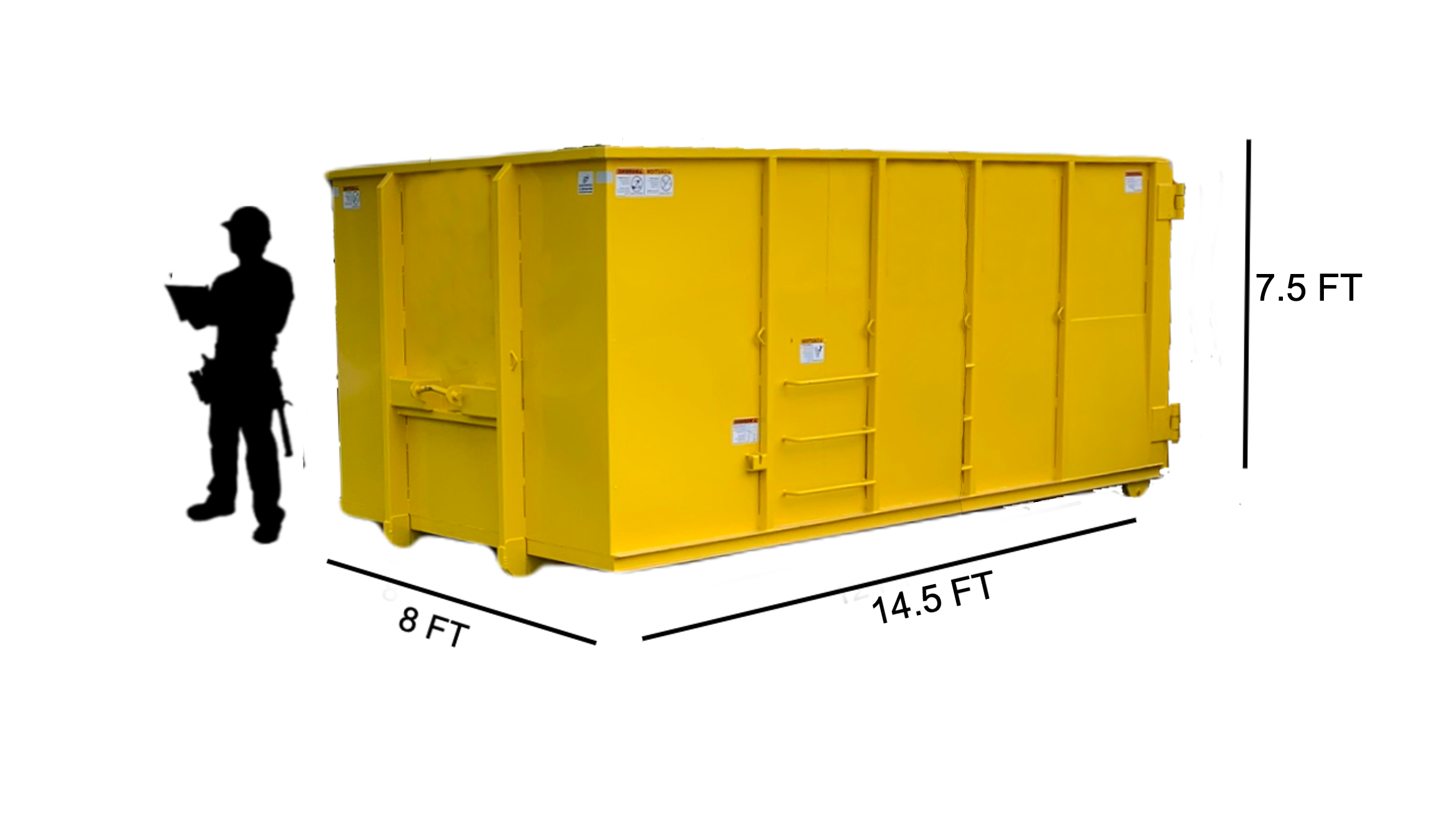To rent a dumpster, you'll need to take into consideration numerous vital aspects to ensure a smooth and effective waste monitoring experience. Start by recognizing local regulations, including permit requirements and waste disposal restrictions, after that pick the right dumpster size based upon your project's needs, taking into consideration variables like waste quantity and product kind. Prepare the delivery location by removing barriers and ensuring a level, level surface, and offer essential info regarding your job, rental duration, and site-specific demands. Lastly, meticulously evaluation and sign a rental agreement that details terms, costs, and responsibilities. By covering these bases, you'll be well-prepared for a successful dumpster rental experience, and exploring even more will reveal much more important information to maintain in mind.
Dumpster Rental Basics
The rental process generally entails selecting the wanted dumpster dimension, arranging a delivery date, and defining the rental period.
Once the dumpster is provided, customers can load it with waste, and the rental firm will certainly manage the disposal process. This easy method allows individuals and companies to focus on their core tasks while guaranteeing responsible waste management
Dumpster rental solutions frequently include flexible rental periods, competitive pricing, and practical scheduling options.
Understanding Local Regulations
With dumpster rental services simplifying waste elimination, it's similarly important to consider the regulatory framework governing garbage disposal in your location. Comprehending neighborhood policies assures a smooth and certified waste management process.
Permit Requirements: Check with your local government to identify if you need a license to place a dumpster on your building. Some municipalities need permits for dumpsters surpassing a particular dimension or for dumpsters positioned on public streets.
Waste Disposal Restrictions: Acquaint on your own with regional rules regulating the types of waste that can be thrown away in a dumpster. Specific materials like contaminated materials, electronic devices, or building and construction products might be forbidden or require special handling.
Placement and Storage: Understand local policies concerning dumpster placement, consisting of closeness to pathways, streets, and bordering properties.
Confirm you adhere to storage space needs, such as covering the dumpster at night or throughout non-operational hours.
Choosing the Right Dumpster Size
Frequently, property owners and service providers alike undervalue the relevance of choosing an appropriately sized dumpster, just to discover themselves facing unnecessary logistical obstacles down the line.
A dumpster that is too little can result in costly overages and multiple trips to the landfill, while one that is also huge can cause thrown away area and unneeded expense.
To avoid these problems, it's crucial to approximate the quantity of waste you expect to generate Think about the size of your task, the kind of products being disposed of, and the weight of the debris.
Most dumpster rental business supply a range of sizes, typically ranging from 10 to 40 cubic lawns. A 10-yard dumpster is suitable for small cleanouts and DIY projects, while a 40-yard dumpster is much better fit for large building projects or business renovations.
Be certain to seek advice from your rental company if you're unsure regarding the dimension you require, as they can provide assistance based on your specific requirements.
Preparing the Delivery Location
Clear the way for a seamless dumpster delivery by preparing the drop-off place in advance.
A well-prepared site guarantees the shipment process goes smoothly and effectively, saving you time and hassle.
Before the dumpster arrives, take a few mins to:
Clear the area of obstacles: Move any type of lorries, tools, or debris that might remain in the means of the delivery location.
Check for low-hanging cables or branches: Determine there are no overhead obstructions that could hinder the dumpster's placement.
Designate a certain drop-off location: Identify a level, degree surface where the dumpster can be safely placed.
Providing Essential Information
Once the delivery location is prepared, interest turns to offering the essential details to assure an effective dumpster rental experience
This includes sharing information concerning the project, such as the type and amount of waste to be taken care of, the duration of the rental duration, and any kind of certain needs or constraints at the site.
Be prepared to give your contact information, including your name, phone number, and e-mail address, so the rental firm can remain in touch throughout the process.
You might additionally be inquired about the kind of materials you intend to throw away, as some things, like hazardous waste or heavy products, may need special delivery or additional fees.
Accurately offering this details determines the rental business can supply the ideal size and sort of dumpster for your requirements, and that you understand any kind of specific policies or guidelines that put on your project.
Signing a Rental Agreement
With the required information given, the rental business will commonly require an authorized rental contract to solidify the regards to the dumpster rental.
This arrangement warranties that both celebrations are clear on the https://piedmonttriaddumpsters.com/dumpster-rental-whitsett-nc/ rental period, dumpster dimension, and any kind of added solutions or fees.
Before signing, review the arrangement thoroughly to confirm you understand the complying with bottom line:
Rental duration: The size of time you can maintain the dumpster on-site.
Fees and charges: Any additional costs beyond the initial rental fee, such as excess costs or late fees.

Responsibilities: Who is accountable for damages or accidents involving the dumpster.